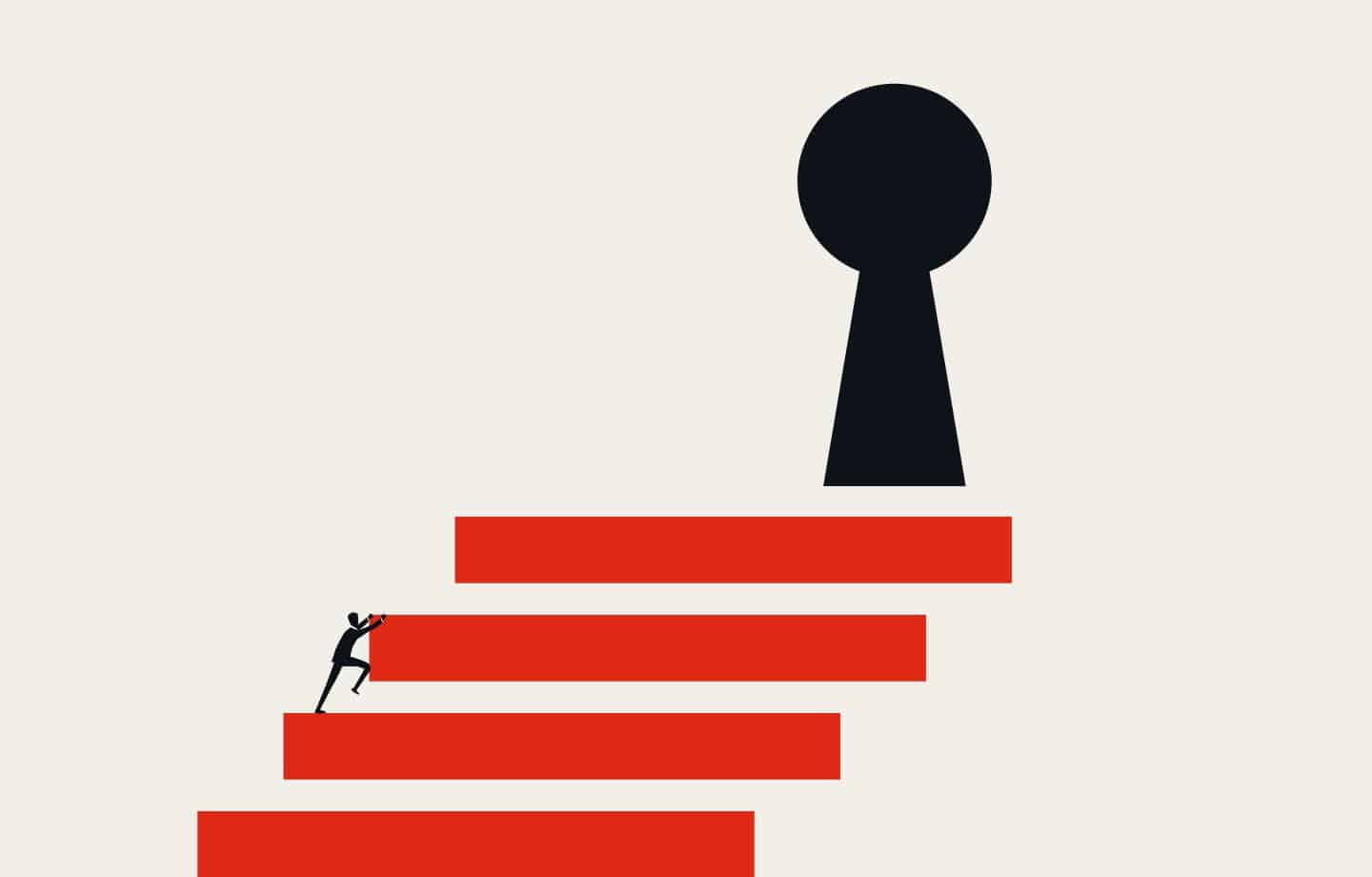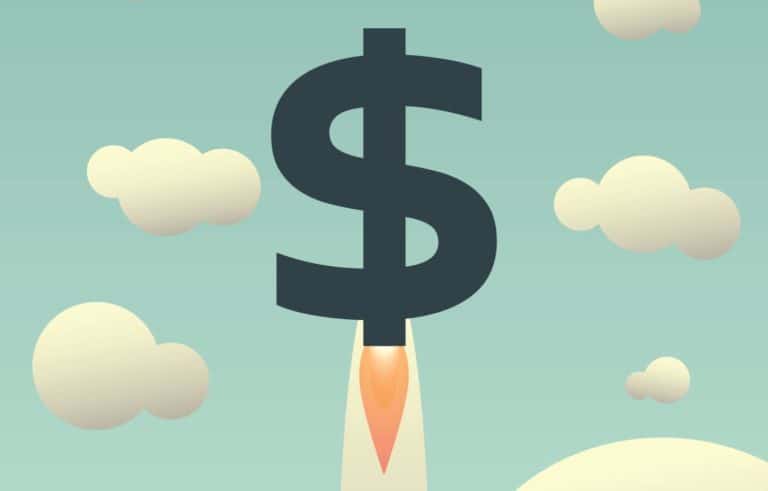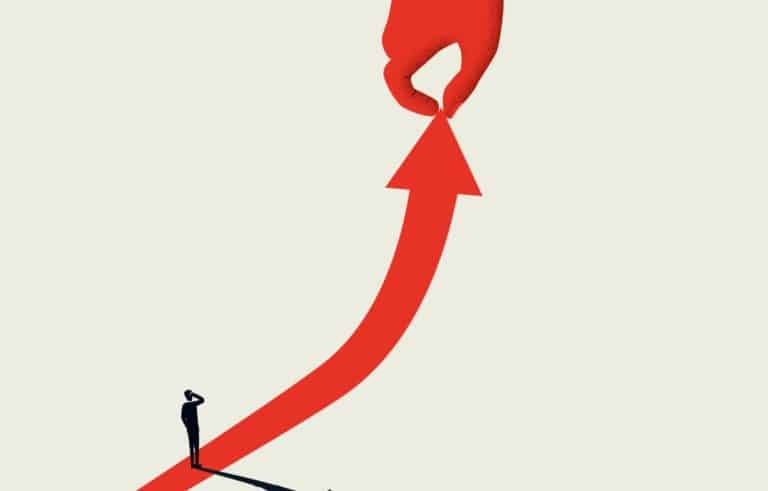You can’t talk about the American Dream without mentioning home ownership. Since the ‘American Dream’ entered our vernacular, home ownership represented the Dream’s centerpiece. Yet in a post pandemic world, with rising interest rates and strong inflationary pressure, this goal is becoming harder and harder for many to reach.
For example, the average American home sold for $411,200 at the start of Q3 2021 [1]. Combine that with Q3’s average 30- year fixed rate mortgage of 2.77% and the principal and interest payment (assuming a 20% down payment) is $1,347. Now let’s take that same home, price unchanged, and apply the Q2 2022 30-year fixed average interest of 5.30% [2]. The house payment jumps nearly $500/month to $1,827, without taxes and insurance. It doesn’t take an economist to note this nearly 30% jump in monthly payment knocks many first time homebuyers out of the market.
So what if these buyers decide to wait for a correction? Conventional thinking says a correction in prices will allow first time homebuyers to re-enter the market, and buy their starter home. Right?
Fast forward two years… our $411,200 house is now worth $370,080, thanks to a 10% correction in the market, yet interest rates are even higher at 6.3% The monthly payment is now $1,833. Not how many think a market correction plays out.
At face value American homeownership is hovering around 65.5%, a historical average [3]. Yet, the biggest American generation to date, millennials, have the lowest home ownership rate of any previous American generation, with only 48% owning homes [4].
So what does all of this mean for a real estate investor? It means multifamily housing continues to present a strong investment opportunity as there continues to be a strong demand for affordable housing. Nationwide vacancy rates are at all time lows, 6.1% [5]. Acute housing shortages for entry level homes in many areas of the country drive up housing prices, turning more to rent, thus putting pressure on rental prices. This is evident with 2021’s average rent increase of 14%.
States with the highest median home price will continue to see a strong demand for rental housing as home prices are simply too expensive for many first time home buyers. In short, these long term trends will contribute to more renters nationwide.




